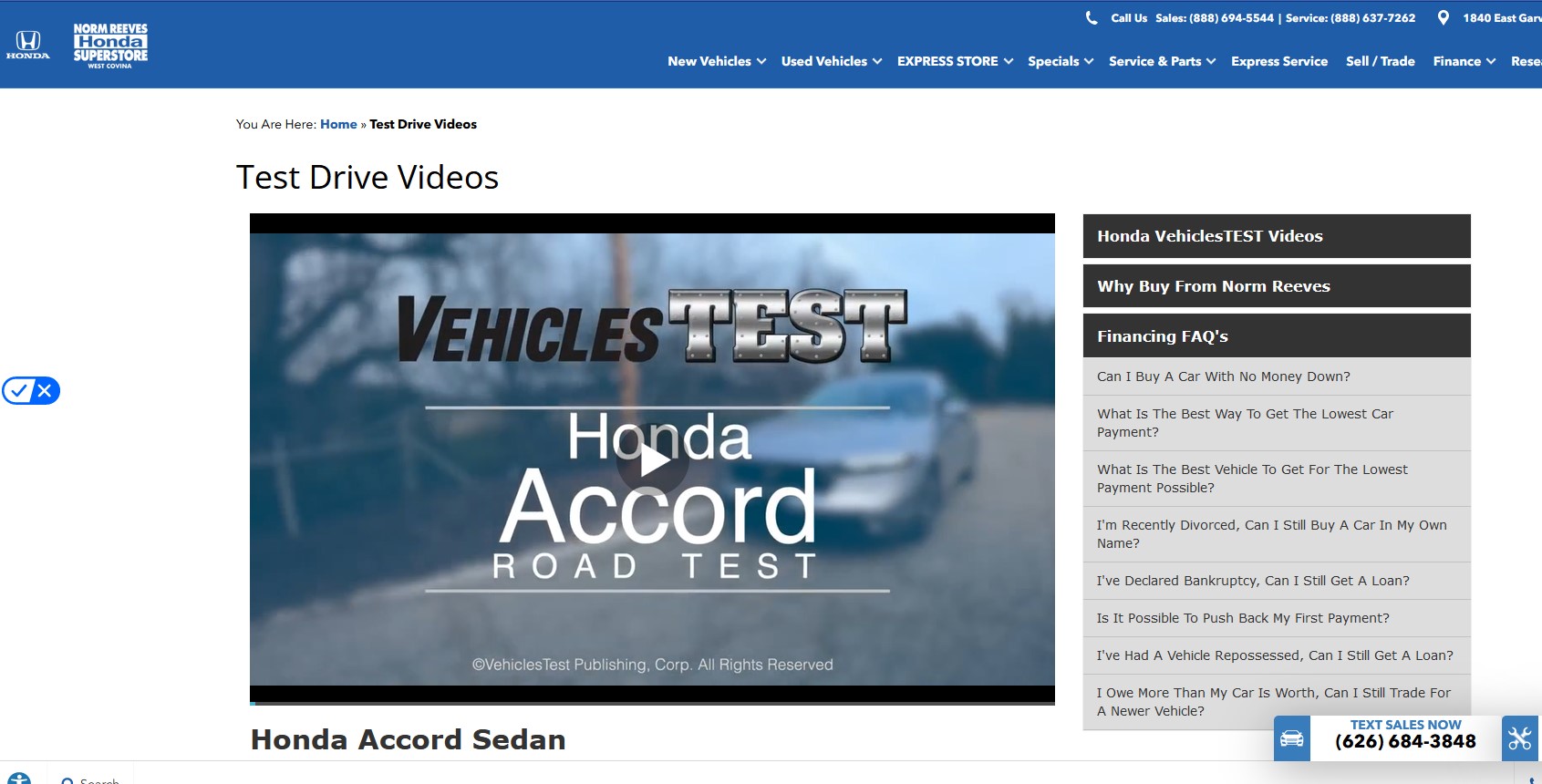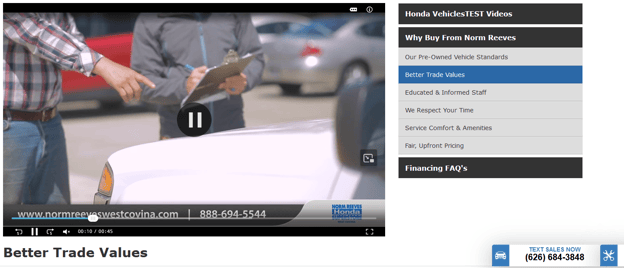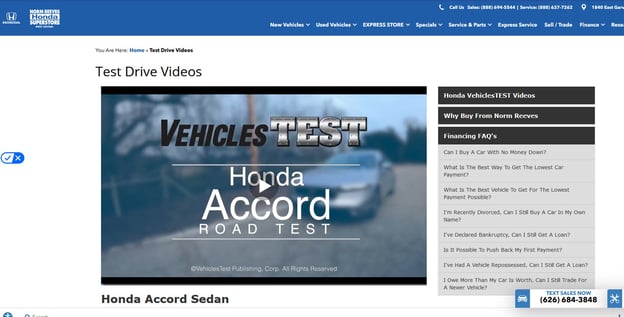
How to focus dealership merchandising efforts on photos and videos
The demand for new Honda and Toyota inventory is there. People want or need new vehicles. Have you ever heard the saying, “When you know what you want, and you want it bad enough, you’ll find a way to get it”? The key to selling cars in this new economy is to inspire the want. If you can create that emotional connection with the consumer, so they want that car on your lot, and you offer to help them get it, you will sell more vehicles.
The secret to inspiring the want is merchandising, according to Evan Riley, National Sales Director at Flick Fusion, the streaming partner for VehiclesTEST.com. Riley explains in this blog that 90 percent of dealership merchandising dollars should be spent online because that’s where people are shopping.
The main focus of merchandising efforts should be on photos and videos. You don’t need a fancy camera. Today’s smartphones produce high-quality photos and videos, all from within one app, so you don’t have to waste time exporting photos from a camera.
If you’re wondering whether you need both photos AND videos, the answer is yes. Not every person looks at photos. Not every person views a video. Different people shop in different ways.
The best time to merchandise Honda and Toyota vehicles is when they have just been inspected, washed, detailed, and are ready for the lot, but before the window stickers are applied. The key to successful merchandising is establishing a process with checklists so you will have consistency, regardless of who is taking the photos and videos.
Take photos of every car, including new vehicles. Do not use stock photos! People want to see the car they are buying; the color, the options, and packages. Remember the want? If a person wants the vehicle in the stock photo, and they show up at your dealership only to find you don’t have that exact vehicle, they will be disappointed.
Ideally, your dealership has a covered staging area, but if not, photos can be taken outside. If your dealership is located in an area with power lines or busy roads in the background, use the Bokeh effect to slightly blur backgrounds, so the eyes stay on the car.
You want at least 17, but preferably 20 to 30 photos to effectively merchandise a Honda or Toyota vehicle.
The basic option is a stitched-photo video, which is assembled from a series of photos. The advantage of these videos is that all you have to do is take photos. The videos can be assembled automatically and published on your vehicle detail pages (VDPs) almost instantly.
However, stitched-photo videos use the same photos that are already on your VDP, so you’re not really giving car shoppers anything new. Walkaround videos like those produced by VehiclesTEST.com are a better option, where the consumer gets a full rundown on the features and benefits of their new Honda or Toyota models. It’s just like a salesperson would do if the car shopper was on the lot.
Another exciting video format in recent years is interactive videos and 360 Spins. These videos allow the car shopper to take control of the viewing experience. The viewer can spin the vehicle around 360 degrees, zoom in or out, look up or down, and click on defined “hot spots” in the video to learn more about features.
Online merchandising with video is key to creating an emotional connection with car shoppers. To outsell competition, up your merchandising game by turning your VDPs into a dynamic video showroom.
If you would like to learn more about video car reviews and how to use them at your dealership, please reach out to Doug Thompson at VehiclesTEST.com (954-629-2242), or visit his calendar to set up a demo with him.



